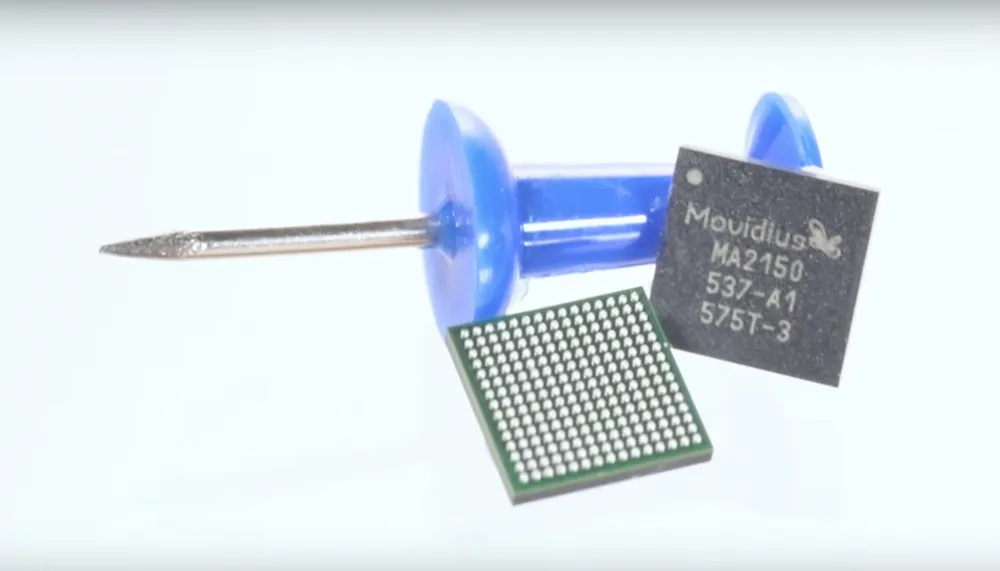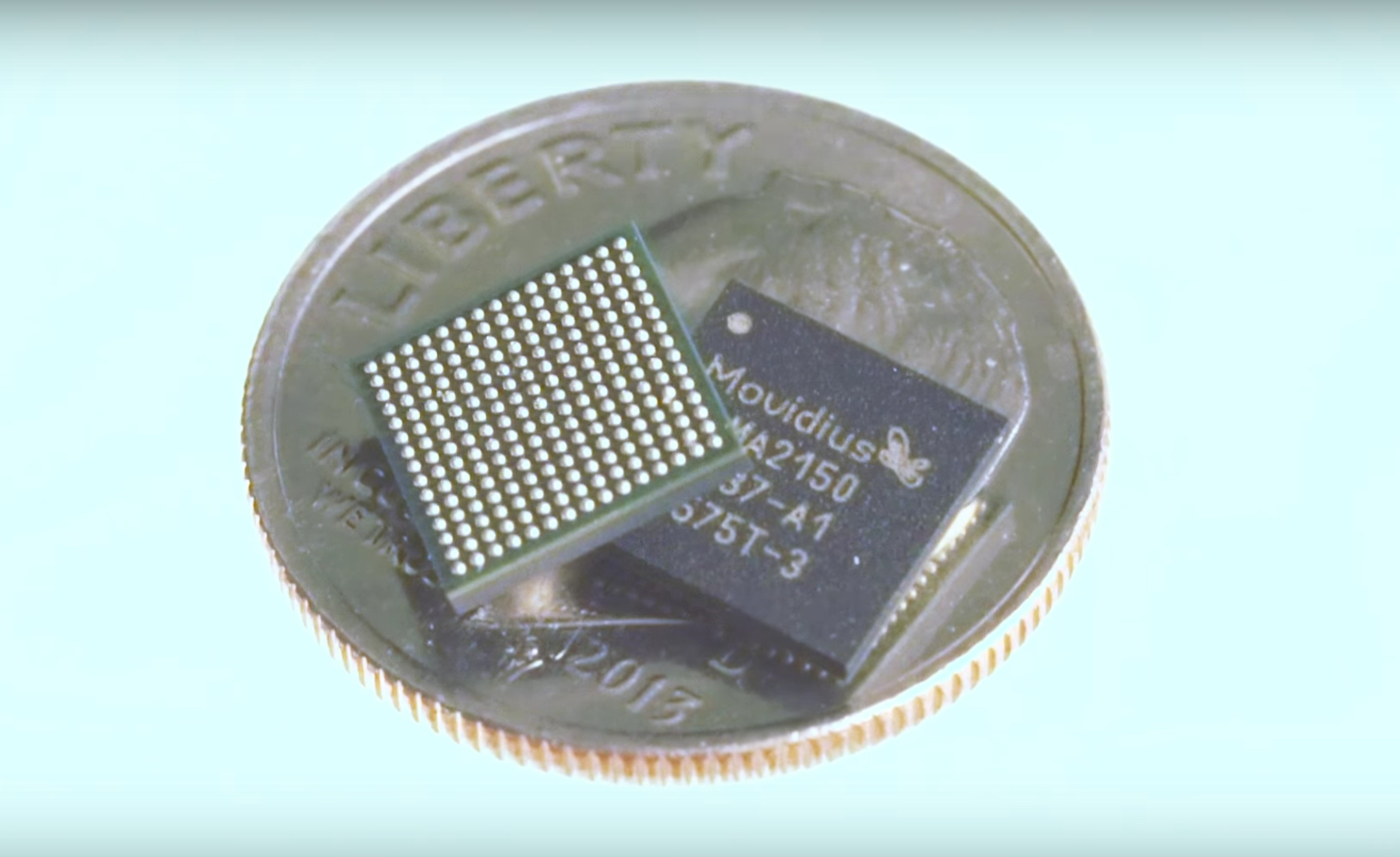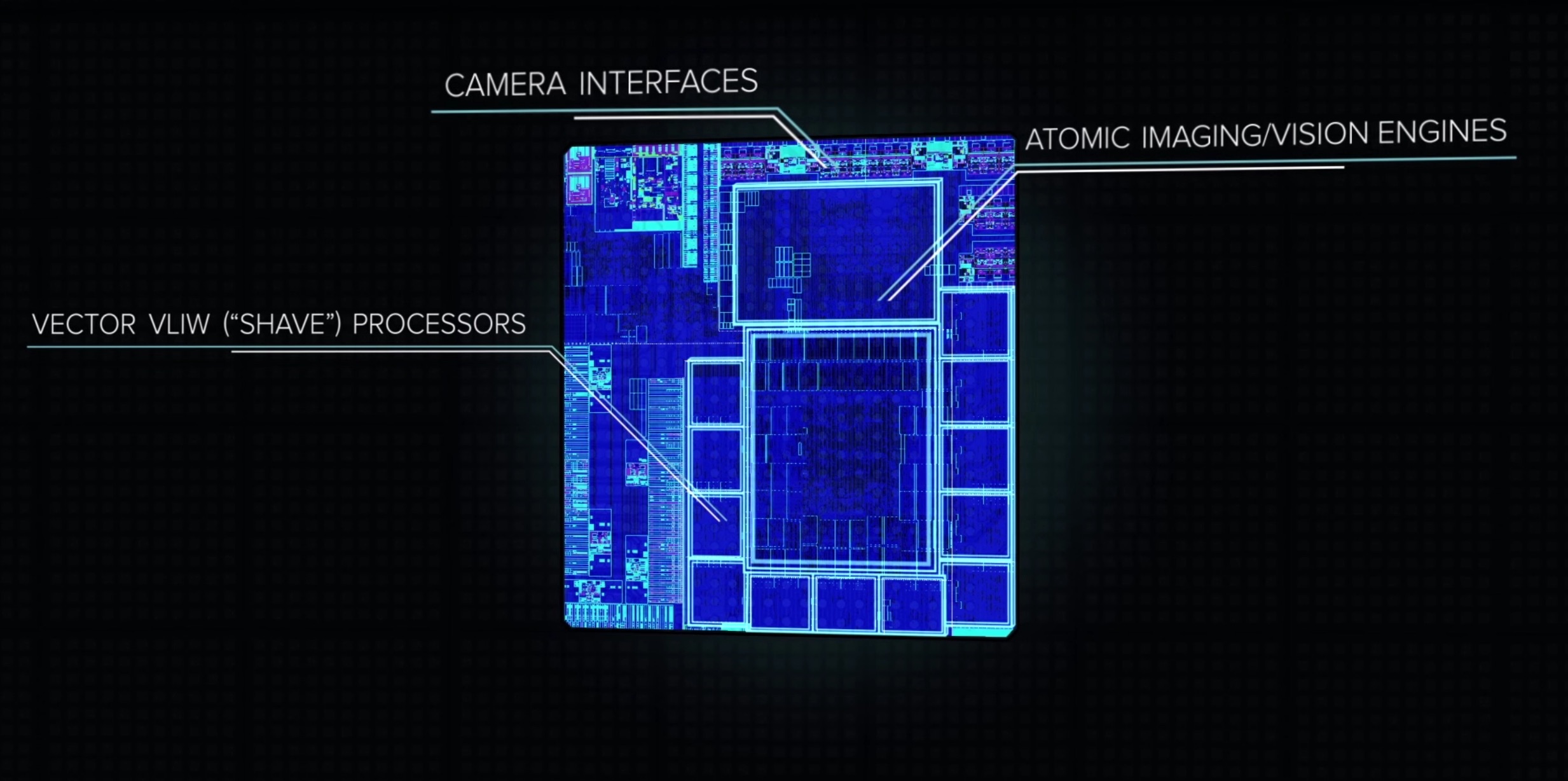Startup chip manufacturer Movidius announced a partnership with Google to potentially help overcome some of VR’s biggest hurdles.
Through this partnership, Google will pay for the processors and license the technology behind Movidius’ MA2450 chip. The MA2450 is the premier chip in Movidius’ Myriad 2 line of products. Google will also provide Movidius with access to its intellectual property by sharing personnel, research and data with the younger company.
Movidius has a laser-sharp focus on computer vision, which Google needs.
Computer vision is one of the hottest technologies in Silicon Valley today. Programmers are desperately trying to crack the conundrum of how we can get computers to see more like a human. How can computer be given an image of a room and recognize not just a picture file, but to describe the contents of the picture. The means to do this require more than writing a few clever lines of code. There needs to be new chip and hardware solutions before something the size of a smartphone can map out your living room and understand the difference between your favorite chair and the sliding glass door.
This is where Movidius and the MA2450 come into play. From the very beginning, Movidius aimed to create a small, energy efficient, hardware solution that would enable computer vision in something as small as a cell phone. The company’s chip was built from the ground up as a tiny, low-power, workhorse that is capable of interpreting complex computer vision code without taxing a system’s CPU or GPU. What this means in simple terms is that if you tried to run a computer vision program on your iPhone 6S today it would most likely crash, drain your battery to an instant zero, and then melt into sludge. But, if your iPhone had an MA2450 inside, it would be able to pass the program smoothly along without sucking your phone dry or setting your hand on fire.
This type of technology has huge potential for a company like Google. In an announcement video for this partnership Google’s Head Of Machine Intelligence Group Blaise Aguera y Arcas said that:
“By working with Movidius we are able to expand this technology out of the data center and into the real world. Our collaboration with Movidius is really enabling new categories of products to be built that will surprise people, that people haven’t seen before.”
One of the “new categories” of products Google may have in mind for this technology is VR. Simple, cheap, and energy efficient computer vision hardware has the potential to catapult VR headsets to the next level.
With this type of technology, the pie-in-the-sky dreams of eye-tracking, positional tracking, depth-perception, and 3-D object recognition could move into the realm of possibility. Google made it very clear this month that it has its eyes set on conquering the VR landscape, so it is not much of a stretch at all to think that it is are already working on ways to incorporate the fruits of this partnership into that ambition.
Movidius Director of Marketing and Communications Jack Dashwood also believes that improving gesture and eye-tracking will be key for creating more immersive VR experiences. However, where he really feels that his company’s technology can help change the industry is tackling the problem of outside-in tracking.
“I think we can all agree that outside-in tracking using external sensors is not ideal, so one area Myriad 2 is useful is in having an on-board computer for these HMDs so they can ‘see’ the room around them. Things like 3D mapping, object detection and head tracking all make for a more immersive experience, ideally we shouldn’t be rigging up external accessories to achieve this,” Dashwood wrote to UploadVR via email.
Dashwood is also truly excited to be working with Google and believes what the tech juggernaut is planning to do with these chips will be truly revolutionary for computing. We cannot comment on what Google is building, but working with them we really get the sense they want to progress computing beyond what it is today. It’s not shoehorning another gig of RAM here, or squeezing another line of resolution there, it’s genuinely exciting stuff.
“We cannot comment on what Google is building, but working with them we really get the sense they want to progress computing beyond what it is today. It’s not shoehorning another gig of RAM here, or squeezing another line of resolution there, it’s genuinely exciting stuff,” Dashwood wrote.
Even if Google doesn’t start with VR, the adoption of this technology by a company so prolific is still a good sign. The emergence of consumer viable VR headsets owes its existence to the renaissance that took place in smartphone technology. Because of these devices, components such as HD screens, cheap and powerful internal and motion tracking technology all become much more powerful and affordable. If Google starts putting MA2450s into smartphones or tablets then the VR world will be close to adopting this amazing technology, too.




























